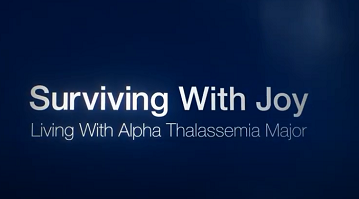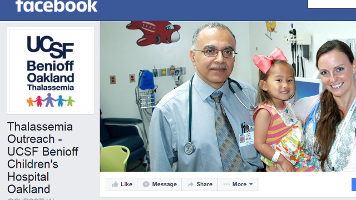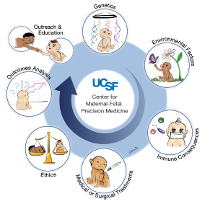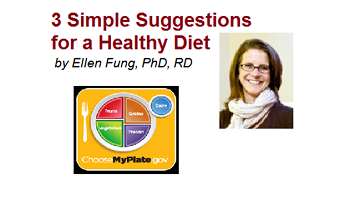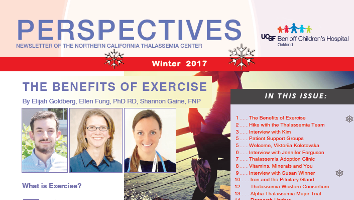Diet for the Non-Transfused Patient

Drink tea with meals
to decrease iron absorption
Non-transfused thalassemia intermedia patients are encouraged to avoid high-iron and iron-supplemented foods, and encouraged to drink tea with meals, which decreases iron absorption. Serum ferritin is evaluated in adolescents. Desferrioxamine is instituted early in the development of hemosiderosis. Iron overloaded individuals receive a liver biopsy. Early cardiac evaluation with Holter monitoring and stress ECHO cardiogram is done in individuals with significant hemosiderosis. In addition, folic acid deficiency appears to be more common in these individuals.
Low Iron Diet for the Chronically-Transfused Patient
Regular blood transfusions can lead to iron overload in the body. Extra iron from chronic transfusions is stored in the liver. Once the liver stores are full, the iron begins to accumulate in places like the heart and pituitary, where it can do damage. Iron overload can also result from increased absorption of iron from the gut, as can be the case with thalassemia intermedia.
To help keep the iron stores from building up too fast, a medication called Desferal will be used in conjunction with a low iron diet. Keep the iron under 10 mg/day for those children under 10 years old, and under 18 mg/day for those who are 11 years old and older.
Children who have thalassemia and are transfused are still relatively anemic, so their bodies might still crave iron. As it may be difficult to watch their diets closely, they should develop good habits early. Remind children to definitely avoid very high iron foods such as dried beef and other high iron beef products, even if they are craving it. Remember that the iron found in meat is much more easliy absorbed than other sources of iron, such as cereals and breads.
Do not cook with cast iron cookware (e.g. a wok) because iron from the cookware can transfer onto the food. Some foods, such as orange juice, can enhance iron absorption, while others, like tea, dairy and coffee, can decrease absorption. If you are using Desferal, however, it is recommended that you take 250 mg or less of vitamin C after beginning infusion to help increase output of iron.
On food labels, the percentage of iron in one serving of that food is usually listed. This is based on the U.S. Recommended Daily Allowance of 18 mg/day. If the label says the food contains 8% of the daily recommended iron, multiply .08 by 18mg to get the mg iron from a serving of that food. Don't forget to check candy bars and snacks!
Foods to Avoid
Very high iron sources are found in the following foods; they should be avoided or eliminated from the diet:
Proteins that should be avoided or eliminated from the diet:
- oysters
- liver
- pork
- beans
- beef
- peanut butter
- tofu
Grains that should be avoided or eliminated from the diet:
- flour tortillas
- infant cereal
- cream of wheat
- Malt-O-Meal
- cereals, such as Most, Product 19, Total, Kix, All Bran, Life, Raisin Bran, Special K, 100% Bran, Rice Chex, Rice Krispies, Cornflakes, Wheaties
Fruits/Vegetables that should be avoided or eliminated from the diet:
- prune juice
- prunes
- watermelon
- spinach
- leafy green vegetables
- dates
- raisins
- broccoli
- peas
- Fava beans

